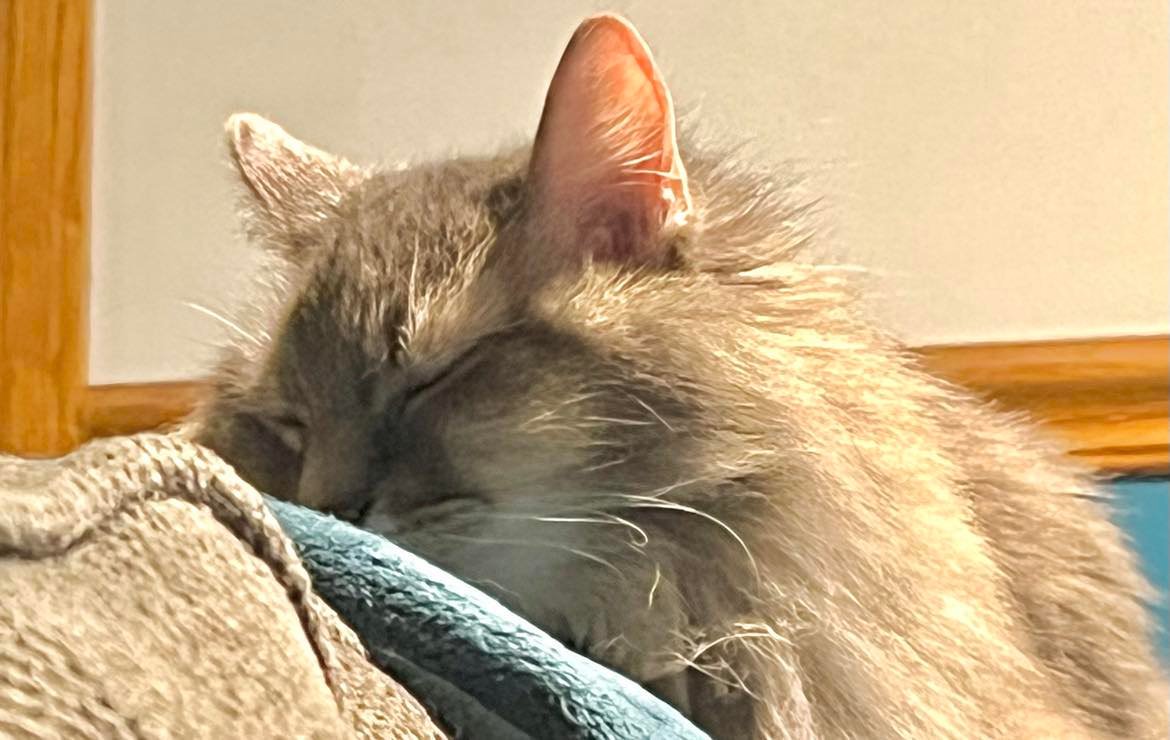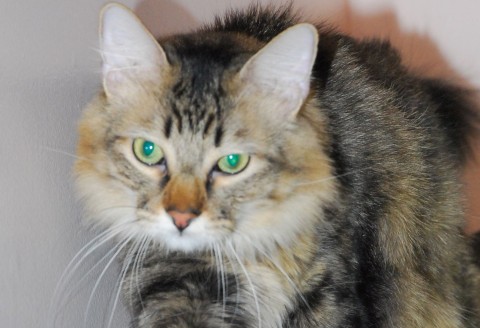Like most big cities, Chicago has a rat problem, and like most big cities, they have tried everything to get rid of it. It’s well known that the U.S. also has a major problem with feral cats, but a Chicago shelter puts feral cats out into the city to as working cats to hunt the rats, around both homes and businesses, and especially in areas undergoing redevelopment.
Chicago’s working cats come from Tree House Humane Society
The Cats At Work program, via Tree House Humane Society, has helped businesses like the Empirical Brewery get rid of rats without toxic poisons and expensive exterminators. One of the cats there, named Venkman, and his three feral friends, live among the grain sacks and barrels behind the brewery and hunt the rats that eat into the sacks.
A woman, Victoria Thomas, hired three working cats after $5,000 in extermination fees didn’t work to keep the rats away from barbeques in her backyard. She says that the rats would walk across her family’s feet, and they could hear the little feet when they’d sit out on their deck. Since the cats came, the rats are gone.
Rat problems often get worse during demolition and redevelopment
In Lincoln Park, the rat problem is expected to get worse once Children’s Memorial Hospital comes down – once demolition starts, the rats living under the old buildings will scurry away, making the problem a lot worse for the whole neighborhood.
The city has a strict rodent abatement ordinance that requires developers to do what they can to prevent rat problems from getting worse due to their work. The developer working on the Children’s Memorial Hospital project already has poison bait boxes all around the hospital complex, and the city is working in other ways, too.
Working cats can help eliminate the new rat populations following these construction projects
These ways are limited, though, and the rat problem is so bad that there is actually a waiting list for these working cats, which are often scheduled to be euthanized because they aren’t adoptable. These aren’t cuddly cats, but they get food, water, and shelter from those for whom they work. It’s a win-win – the cats get jobs and caregivers, and the people get a green solution to their rat problems.
Working cats actually kill off a large portion of the initial rat population, according to Phil Nickerson, who manages the Cats at Work program at Tree House. Their presence, though, is what keeps new rats from moving in. Rats are prey – they won’t go where their natural predators live if they can help it.
That’s the biggest advantage to these working cats. They scare away the rats, so new rat populations don’t fill the vacuum left when the existing population is killed off. The best part is that it’s natural, and it’s a way to save feral cats from extermination.



